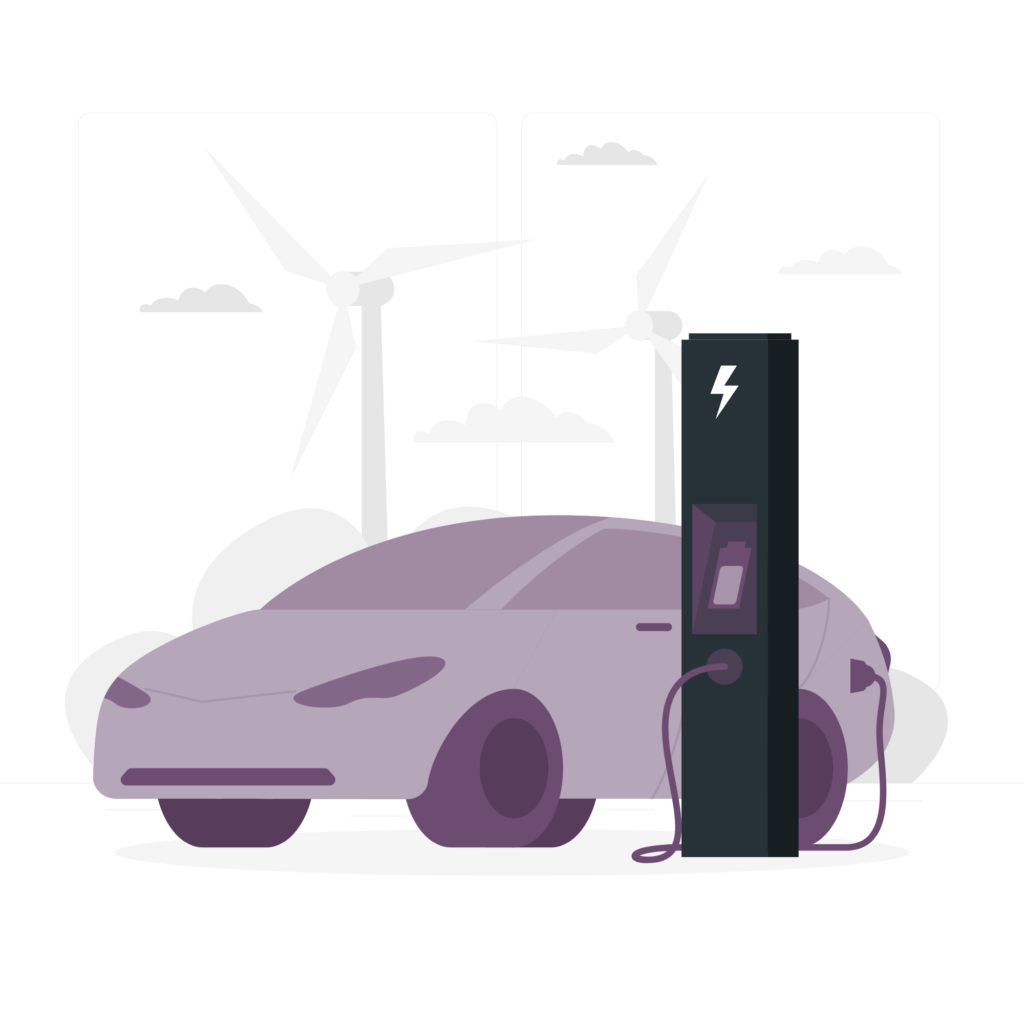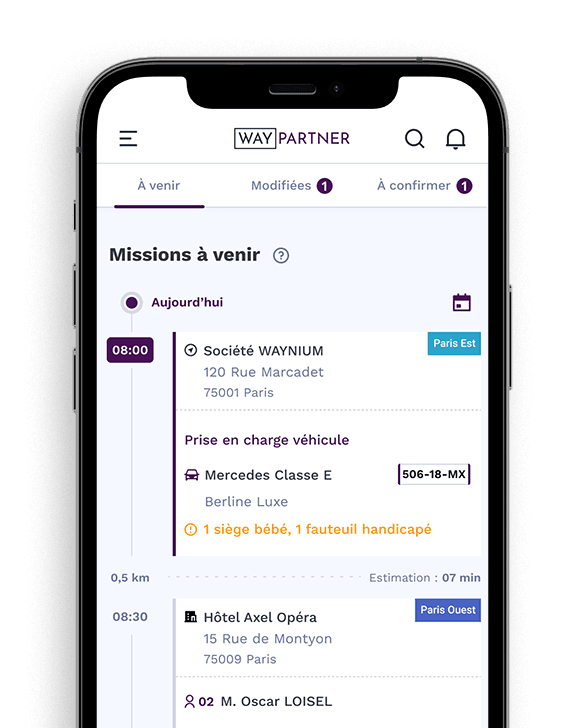When you become a self-employed VTC driver, it's not enough to have a professional card and a compliant vehicle: you also have to choose a legal status. This choice is crucial, as it influences taxation, the level of social protection and net income. Many drivers hesitate between the micro-enterprise, the sole proprietorship (EI), the EURL or the SASU. Here's a clear overview to help you decide which status is best suited to your situation.
The essentials in a nutshell
No time to read the whole article? Here's a quick summary of the key points:
To cut to the chase, the micro-business is an ideal way to try out the activity, thanks to its simplicity. L'sole proprietorship then allows the turnover limits to be exceeded and business expenses to be deducted. L'EURL adds asset protection but with a limited social regime. Finally, the SASU offers social security cover similar to that of employees and great flexibility, but with higher contributions.
To sum up: start simple if you're just starting out, then build up to a more solid structure as your business grows.
Micro-business: the easiest way in
La micro-business (also known as auto-entreprise) is the preferred status for VTC start-ups.
Benefits
- Quick and inexpensive formalities.
- Contributions calculated simply on the basis of turnover.
- It's the ideal way to test your business without the administrative hassle.
Limits
- Turnover ceiling 77,700 per year in 2025.
- No possibility of deducting costs (fuel, maintenance, platform commission).
- No VAT recovery.
- Unlimited personal liability.
Who is it for?
A driver who is just starting out, working part-time or wants to check whether the job is right for him.
Sole proprietorship: the natural progression after micro-business
L'sole proprietorship (EI) has the same simplicity as the micro-enterprise, but with no upper limit on turnover.
Highlights
- All business expenses can be deducted.
- Recovery of VAT on the vehicle, maintenance and fuel.
- No minimum capital required.
Constraints
- Affiliation with the self-employed persons' scheme (SSI), with social security contributions of around 40 % of profit.
- Less protective than the employee scheme.
- Personal liability, even though since 2022 business and personal assets have been separated by default.
Who is it for?
A full-time driver who exceeds the micro limits and has significant vehicle-related expenses.
EURL: greater protection but limited social security cover
L'EURL (Entreprise Unipersonnelle à Responsabilité Limitée) is a form of one-person company that provides better protection for personal assets.
Benefits
- Liability limited to contributions.
- Deduction of costs and recovery of VAT.
- Choice between income tax (IR) or corporation tax (IS).
Limits
- The manager remains affiliated to the self-employed persons' scheme (SSI), with reduced social protection.
- Contributions due even if there is no turnover.
- The formalities involved in setting up a business are more onerous and costly than those for a sole proprietorship or micro-business.
Who is it for?
A driver who is well above the thresholds wants to protect his assets but does not need a high level of social security cover.
SASU: the status of the ambitious
La SASU (Société par Actions Simplifiée Unipersonnelle) is the most comprehensive status, often chosen by VTCs who want to expand.
Benefits
- Liability limited to contributions.
- Status oftreated as an employee social protection similar to that of employees (sickness, retirement, maternity).
- Deduction of costs and recovery of VAT.
- The company is highly flexible and can be transformed into an SAS (simplified joint-stock company) to take on new partners.
Disadvantages
- More restrictive and costly formalities.
- High social security contributions if the manager is paid.
- No social security cover if no salary is paid.
Who is it for?
A driver who wants to invest, develop a solid structure, or become a partner in the medium term.
VTC status comparison table
| Status | Formalities | Liability | Deduction of costs / VAT | Social security | Who is it for? |
|---|---|---|---|---|---|
| Micro-business | Very simple | Unlimited | No | Self-employed (contributions based on turnover) | Beginner, test or partial activity |
| Sole proprietorship | Simple | Limited (separation of assets since 2022) | Yes | Independent (SSI) | Full-time driver with heavy loads |
| EURL | Complexes | Limited to contributions | Yes | Independent (SSI) | Growing driver wants to protect his assets |
| SASU | Complex and costly | Limited to contributions | Yes | Assimilated employee (general scheme) | Ambitious driver, wants to invest or become a partner |
Which status should you choose?
In practice, there is not a single best status for a self-employed VTC driverThe choice depends on the situation:
- Beginner or part-time → micro-business, for testing with simple procedures.
- Full-time driver with high expenses → sole proprietorship (EI) to deduct charges.
- Growing driver with need for asset protection → EURL.
- Drivers who want to build a sustainable company and benefit from good social security cover → SASU.
Objective advice: it's often a good idea to starting a micro-business to test things out, then evolve into a company (EURL or SASU) as soon as the business is stable and profitable.
Conclusion
The choice of status is a key stage in the success of a self-employed VTC driver. The micro-enterprise status opens the door easily, but quickly becomes limited. The EI and the EURL offer more fiscal room for manoeuvre, while the SASU remains the most protective and progressive status. So the best choice will depend on your income, your costs and your ambitions.
Glossary
Here are some useful terms to know and understand:
- Micro-business simplified scheme with contributions proportional to turnover, but without deduction of charges or recovery of VAT.
- Sole proprietorship (EI) This is a form of business carried on in your own name, with deduction of expenses and recoverable VAT.
- EURL This is a single-member company, similar to the SARL, which protects personal assets but is subject to the social security system for self-employed people.
- SASU This is a single-member company, similar to an SAS, with limited liability and employee status.
- Limited liability This principle protects the entrepreneur's personal assets in the event of debts.
- Self-employed persons' scheme (SSI) social security scheme for self-employed workers, which offers less protection than the scheme for employees.
- As an employee This status links company directors to the general social security system, without entitlement to unemployment benefit.
- Basic VAT exemption This scheme allows VAT not to be charged, but also prevents it from being reclaimed on purchases.










